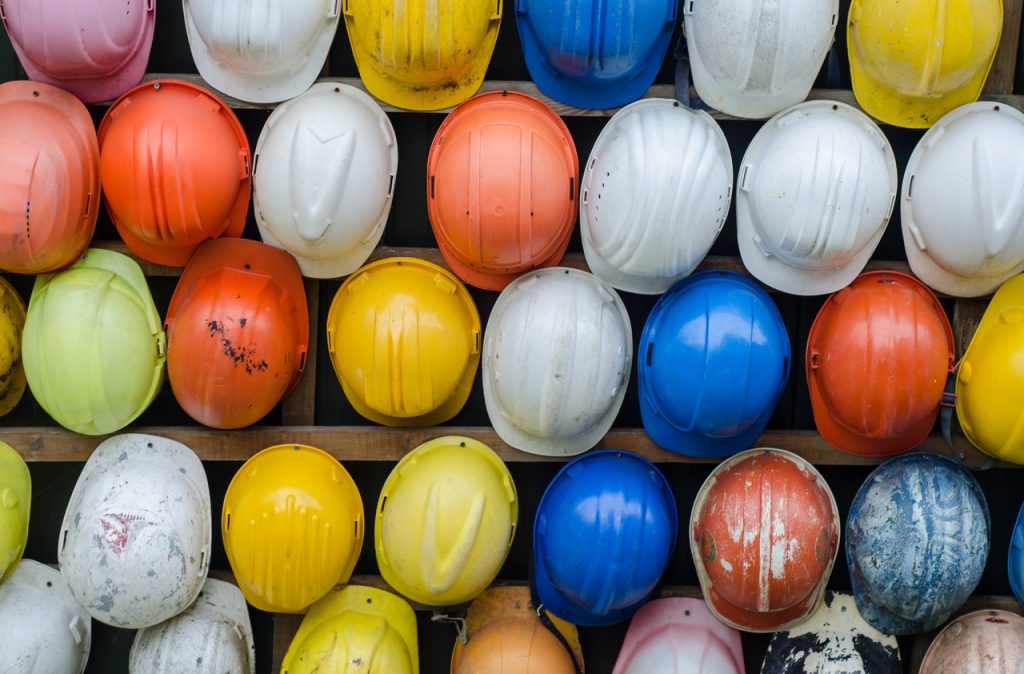When it comes to health and work, people usually focus on mental health, since stress tends to be rampant among employees. While it’s absolutely great that employers have started addressing the mental health issues of their employees, they shouldn’t forget about the other health hazards, especially if they’re in an industry with unsafe or harsh working conditions.
Not to mention the COVID-19 virus is still around, affecting hundreds to thousands every single day. Hence, every workplace must be complying with health and safety protocols. If their environment is already vulnerable to disease-causing viruses and conditions, they need to exert even more effort.
That said, here’s how to reinforce the safety of your workplace’s environment, no matter the industry you’re in.
Identifying the Most Common Workplace Hazards
The first step to making a healthy workplace is identifying the hazards. Different industries or businesses contain varying hazards, some greater or more threatening than others. They are usually identified under four categories:
- Physical hazards — trips and falls, slips, noise, and vibration
- Ergonomic hazards — repetitive movements, heavy lifting, poor body posture, and other physical factors that affect the musculoskeletal system.
- Chemical hazards — hazardous substances like chemicals or toxic gases
- Biological hazards — bacteria and viruses, such as HIV/AIDS, flu, or COVID-19
Different industries may share some of those health hazards. Restaurants and hospitals, for example, are both usually crowded, making their workers exposed to biological hazards. Construction sites and offices also both deal with physical and ergonomic hazards, given that their employees are either often stuck in the same position for long periods, or constantly moving around without paying much attention to potential trip and fall hazards.
Common Workplace Health Risks
Workplace hazards are associated with health risks such as:
- Respiratory conditions
- Skin irritations
- Pain or injury in the muscles, bones, and joints
- Hearing damage
- Declined mental health
Respiratory conditions, specifically COVID-19, is now a health risk in all industries, so all establishments have begun offering disinfectants to their customers, urging social distancing, and requiring all their employees and customers to wear masks since March. But in construction sites, respiratory diseases are an inherent risk with or without a pandemic. Builders are often exposed to dust and mineral fibers, including asbestos, which is highly dangerous when ingested in large amounts. Thankfully, asbestos removal services are available to minimize the harm they may cause.
Dust particles can also cause skin irritations, and so do water, soaps and detergents, chemicals, acid or alkasis, oils and greases, and heavy metals. Therefore, workers who are often exposed to those substances must report to their immediate supervisors, and get checked by a specialist as soon as possible.
Meanwhile, musculoskeletal problems and hearing damage are also common in the construction industry, as well as in the manufacturing industry, because the workers are often using noisy power tools and repetitive motions. And in offices, musculoskeletal problems and declined mental health are a persistent problem, due to the employees’ sedentary lifestyle and stress.

Creating a Safe and Healthy Workplace
After identifying the hazards in your workplace and the health risks linked to it, start creating a safety plan. It should include investing in equipment that will reduce the hazards, like “Wet Floor” signs, ergonomic seats, warning signs for dangerous machinery, and others.
Provide uniforms or Personal Protective Equipment (PPE) if your industry calls for it. It is a protocol for healthcare workers, manufacturing workers, and construction workers to don those, so if you’re an employer in one of those industries, regularly check if your staff is complying. In addition, ensure that the quality of the uniforms or PPE you provide is top-notch; a garment’s quality makes a huge difference in guaranteeing a worker’s safety.
Thoroughly check dangerous equipment as well, like cranes, factory machinery, power tools, or electrical wires. Even if you work in an office without intimidating equipment, a freak accident may still happen because of faulty wires.
Maintain optimum cleanliness, even if the COVID-19 virus has already been eradicated. Continuously promote frequent handwashing and cleaning of surfaces, because we’ll never know when a new virus might develop again. Besides, a cleaner workplace minimizes the risks for any disease.
Most importantly, abide by the requirements of the Occupational Safety and Health Administration. Keep your workplace clean, store the chemicals and label them correctly, have a Material Safety Data Sheet if needed, and train your employees how to handle hazardous material. Prohibit smoking in the workstations as well and find out if you have employees who have a higher risk for certain diseases. Asthmatic people, for instance, may benefit more from working from home, where they’d be less exposed to smog and viruses.
The pandemic has made us realize that health is one of a business’s most crucial asset, so let’s never take it for granted again. Make living a healthy lifestyle culture in your company, so all of your employees will be encouraged to eat healthy, exercise, and boost their immune systems.

